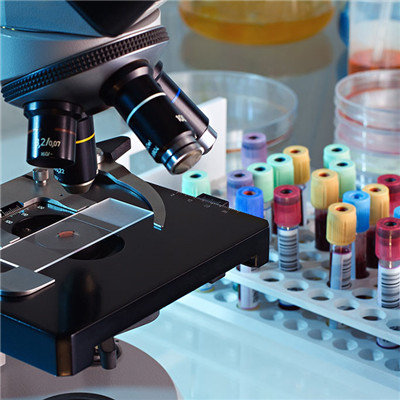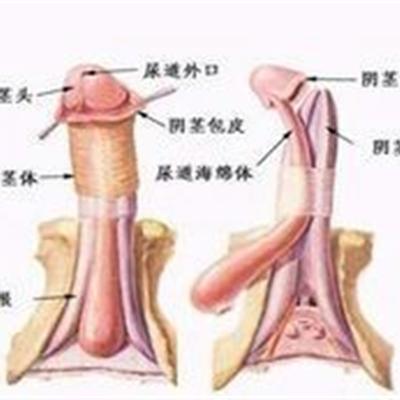What kind of examination does pancreatic islet cell carcinoid need to do?
summary
Pancreatic islet cell carcinoid is a tumor originated from EC cells, which can secrete 5-hydroxytryptamine (5-HT) or 5-hydroxytryptophan (5-HTP) and other hormones. Some patients may have carcinoid syndrome clinically, which belongs to a low-grade malignant tumor with slow growth. As early as 1907, oberndorfer first proposed carcinoid as a slow-growing intestinal adenocarcinoma, and proposed the term carcinoid. In 1953, Lembeck found that 5-HT existed in carcinoid tissues, and it was a bioactive substance causing carcinoid syndrome. Williams divided carcinoid into three types: foregut, midgut and hindgut. Foregut carcinoid secretes 5-HT, 5-HTP, vasoactive intestinal peptide and polypeptide hormone, resulting in atypical carcinoid syndrome; Carcinoid of midgut, such as carcinoid of appendix, secretes 5-HT and has typical carcinoid syndrome; Most of the carcinoid tumors in the hindgut have no function. Pancreatic islet cell carcinoid is different from midgut carcinoid. When it produces carcinoid syndrome, it does not necessarily indicate liver carcinoid metastasis.
What kind of examination does pancreatic islet cell carcinoid need to do?
The early stage of the disease is often asymptomatic, or no specific clinical symptoms; When the patient has a typical paroxysmal skin flush, and reaction attack, long-term treatment, should think of the possibility of this disease. When the patient's skin is flushed, accompanied by tachycardia, hypotension, asthma, dyspnea, abdominal pain, diarrhea and other manifestations of carcinoid syndrome, the diagnosis of the disease is more supported.

Like other functional endocrine tumors, early tumor resection is the first choice for this disease; The operation principle and the choice of operation method are also the same. However, even if the disease has metastasized, if the primary carcinoid lesions can be removed, the symptoms can be relieved or even eliminated. Palliative pancreatectomy or hepatic lobectomy is also effective for multicentric or metastatic carcinoid lesions that are not suitable for radical resection.

EC cells have the characteristics of APUD cells and are widely distributed in gastrointestinal tract, pancreas and lung. When the size of carcinoid is small and the diameter is less than 3.5cm, it usually does not cause symptoms and signs; When the carcinoid volume is large, due to the production of a large number of 5-HT and other amines and polypeptide hormones, the liver can not effectively metabolize and inactivate the secretory products of these carcinoids, so 5-HT, 5-HTP, bradykinin and pancreatic polypeptide enter the systemic circulation; In addition, when carcinoid metastasis occurs in the liver, the hormone secreted by the metastatic cancer in the liver can directly enter the systemic circulation without metabolism of the liver cells, and act on the target cells, resulting in carcinoid syndrome.

matters needing attention
1. In the rough screening test, a drop of the patient's urine was dripped on the filter paper, and then p-nitrobenzylamine (p-nitrobenzylamine diazo) was dripped. If it was red, it indicated that 5-HIAA increased in the urine, which supported the diagnosis of the disease; If it is purple, it belongs to pheochromocytoma. 2. Determination of 5-HIAA in urine, because 99% of 5-HT in the body turned into 5-HIAA and then excreted in the urine, it is helpful to determine the total amount of 5-HIAA in 24 hours urine. The total amount of 5-HIAA in 24 hours urine of normal people was 10.5-42.0 μ 5-HIAA in most patients was more than 158 μ Mol / 24 hours, if more than 263 μ Mol / 24 hours, with diagnostic value. 3. The content of 5-HT in tumor tissue and carcinoid tissue increased significantly, which was more sensitive than 5-HIAA in urine. The application of B-ultrasound, CT, MRI and ERCP is helpful to understand the location, size and number of pancreatic islet cell carcinoid, and to provide location diagnosis data for making operation plan.









